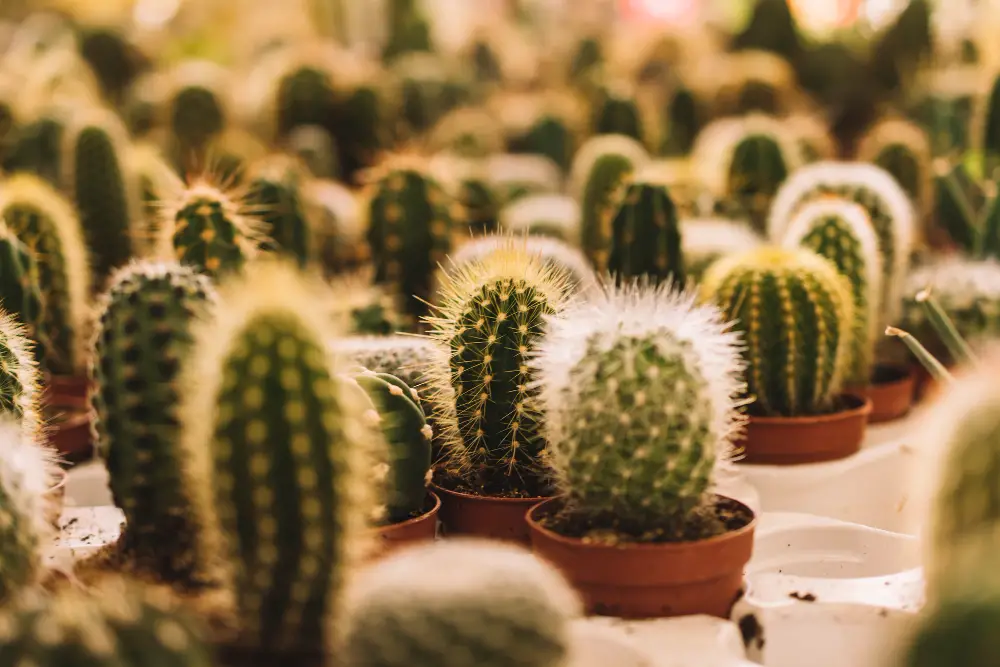As we look at the state of our planet, it’s clear that we’ve been using up our natural resources at an alarming rate. Oil reserves, freshwater, coal, and trees have all been depleted, and we’re seeing the consequences of our actions in the form of climate change, global warming, and pollution. Unfortunately, this means that our planet is becoming less and less hospitable to us and other species. It’s a worrying situation, and it’s up to us to do something about it. That’s why more and more people are turning to a greener lifestyle. By adopting sustainable practices and being more frugal with our resources, we can not only help the planet but also save money and set a positive example for future generations.
Of course, it’s not always easy to make these changes, but it’s worth it in the end. In this blog, I’ll be sharing some practical tips for a greener lifestyle. These tips are designed to be easy to follow, so you can start making changes without disrupting your daily routine. By taking things one step at a time, you’ll gradually see your home become more eco-friendly and your life become more connected to nature. It’s a journey worth taking, and I’m here to guide you towards a greener lifestyle, with steps that start easy and gradually become more challenging as your determination grows stronger.
Save electricity


By adopting eco-friendly alternatives such as using LED bulbs and choosing energy-efficient appliances, we can considerably reduce our electricity bills. Such small yet impactful actions can help us move towards a greener lifestyle, which ultimately benefits not just us but also the planet as a whole.
Additionally, simple practices like unplugging electronic devices when not in use, utilizing natural light and ventilation in the daytime, and switching off lights and fans while leaving the room can make a significant difference in our energy consumption.
Setting the thermostat to a slightly higher temperature during summer and lower in winter can be a smart way of saving electricity. By implementing these practices, we can create a positive impact on both our wallets and the environment.
Be water efficient


It’s concerning to know that only 2.5% of the water on Earth’s surface is fresh water, and this amount is rapidly decreasing. It’s important that we use this precious resource efficiently. Many people all over the world are spending money to access fresh water for their daily needs.
To help the environment and save money on water bills, we can adopt simple daily habits like using low-flow faucets, shower heads, and taps to reduce water wastage. Reusing water from bathtubs after bathing to clean floors and corridors or for laundry work can also go a long way in saving water.
By adjusting washing machine settings for water levels according to laundry load, we can make a significant difference in conserving water on a daily basis.
Commute together


Traveling together or carpooling can make a significant difference in reducing our impact on the environment. By cutting down on the number of cars on the road, we can reduce both air pollution and traffic congestion while also making our daily commutes more enjoyable.
Moreover, this practice helps us make better use of our limited resources and lessens the need for more parking spaces and roads.
Carpooling also fosters a sense of social responsibility and connection among the participants who share their rides.
As an added bonus, it’s a cost-effective way to travel, as participants only have to pay a fraction of the fuel and parking expenses for their trip.
Catch the rain


Preserving rainwater is a clever and eco-friendly way to reduce the pressure on rivers and groundwater for our water needs. This simple practice also helps prevent soil erosion after heavy rainfall and can be a lifesaver in areas with frequent droughts.
Plus, it’s a smart way to become more self-sufficient and save money on water bills. Rainwater is naturally pure and free from the pollutants that can accumulate in rivers and groundwater over time.
With just a few drums or barrels, you can easily catch rainwater from your rooftop with the help of drainage gutters and make a positive impact on the environment.
Promote those ‘fix it’ instincts


By repairing and maintaining household items, we can contribute to a greener environment and save money in the process. Rather than replacing items, fixing and maintaining them can improve their efficiency and extend their lifespan.
We can make a positive impact by fixing leaking faucets that waste water and seeking out local repair shops or online guidance to fix a damaged kitchen, electrical items, or furniture. Let’s take steps to reduce waste and promote sustainability in our daily lives.
pedal for short trips


Opting for a bicycle on short trips can bring about a significant reduction in fuel consumption and pollution. In addition, it can help alleviate traffic congestion and minimize carbon emissions. Moreover, cycling is a budget-friendly way to stay physically fit while enjoying the beauty of the natural environment and surroundings during your ride.
Eat Local, Think Global


Choosing to eat local and seasonal foods can have a powerful impact on our planet and communities. By choosing food closer to home, we can decrease the energy needed for transportation and storage while also reducing the need for harmful chemicals to increase their life and freshness. Moreover, local seasonal foods require minimum or no pesticides, thus contributing to a healthier ecosystem.
Supporting local farmers not only helps preserve traditional farming practices but also strengthens our communities. By opting for fresher and more nutritious produce, we can nourish our bodies and promote a healthier lifestyle. Let’s make a positive difference by choosing to prioritize sustainability and health through our food choices.
Eat responsibly, go reusable


Living a greener lifestyle can have numerous benefits. By minimizing food waste, we can reduce the greenhouse gas emissions associated with excess food production. Using reusable items like containers, water bottles, and shopping bags, we can significantly reduce single-use plastic and disposable waste, contributing to a cleaner environment and healthier ecosystems.
Earthen pots and containers are trending as they do not contaminate food with toxic compounds and are environmentally friendly. Storing water in earthen bottles makes it alkaline and cool, making it a great choice. By embracing these practices, we can reduce our carbon footprint and promote sustainability and a more responsible approach to consumption. This will ultimately lead to a more environmentally conscious and harmonious way of living. Let’s do our part and make a difference today!
Shop eco-friendly and pre-loved
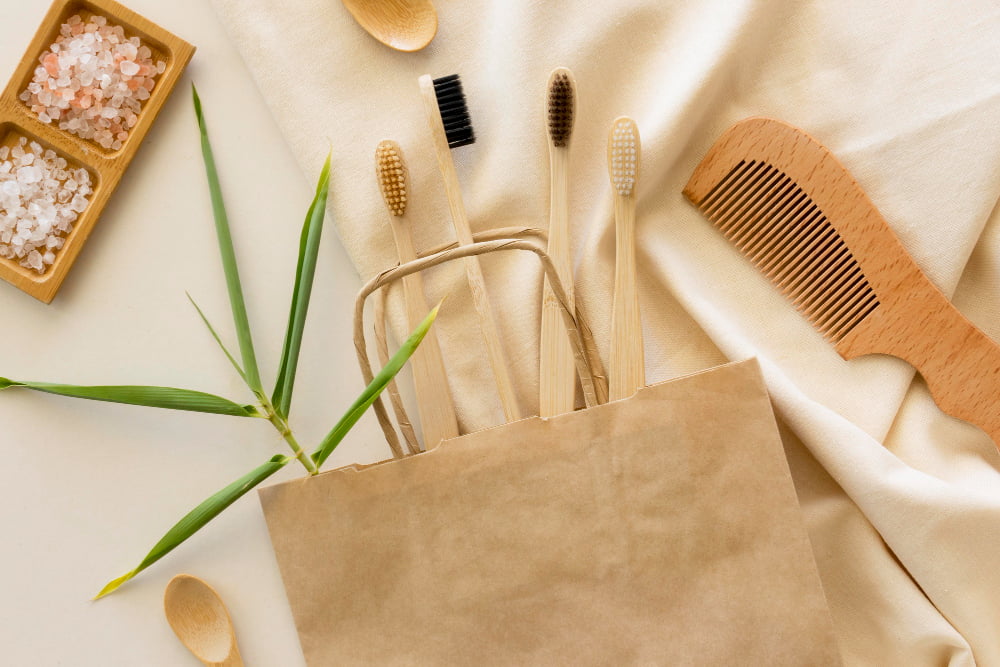

Choosing eco-friendly products means choosing a lifestyle that is mindful of the impact we have on the environment. By opting for nature-friendly substances with sustainable manufacturing processes, we can minimize our carbon footprint and make a positive contribution towards reducing environmental pollution.
Second-hand shopping is a great way to conserve resources and reduce waste. By embracing responsible consumerism, we can access high-quality pre-loved goods at pocket-friendly prices while also doing our part to utilize resources fully. So, make a conscious effort to adopt these practices and create a better future for our planet.
waste management
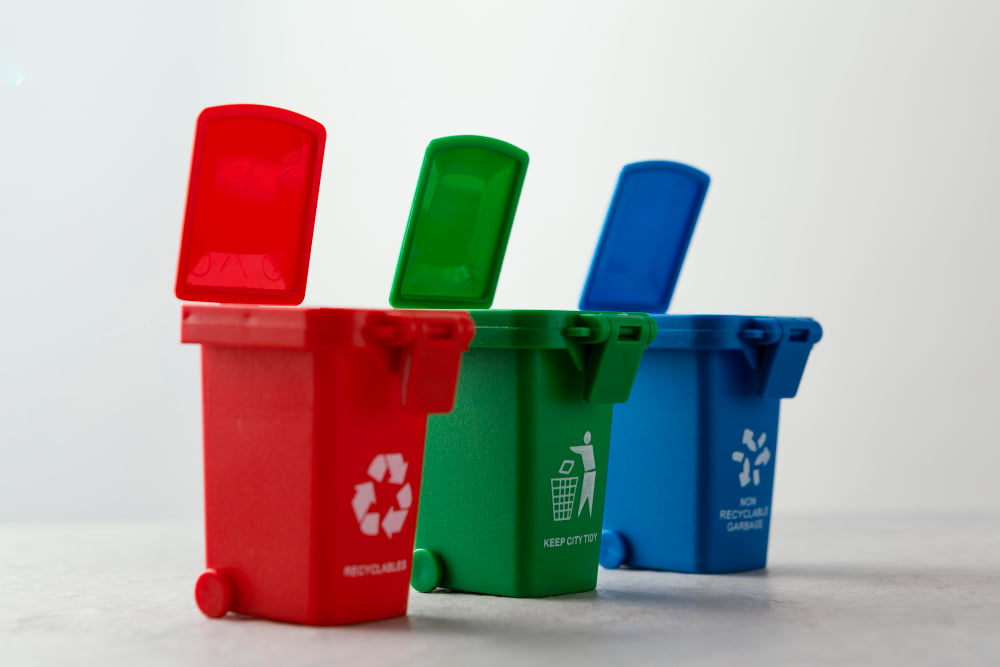

Proper waste management is a key factor in reducing pollution, conserving natural resources, and reducing greenhouse gas emissions. Additionally, it has a positive impact on public health and stimulates job creation while encouraging the development of sustainable practices. Ultimately, effective waste management leads to a more environmentally conscious way of life, promoting a healthier planet for all.
To minimize waste, it’s important to be mindful of packaging choices when shopping and to select products with minimal packaging. The three Rs – Reduce, Reuse, and Recycle – are key practices to follow;
Reducing waste can be done by choosing reusable alternatives and cutting down on ‘use and throw’ items.
Reusing items such as containers, bags, and furniture is not only eco-friendly but also conserves resources. So opt for steel, glass, or earthen containers, cotton or jute bags, and wooden furniture.
Regular recycling is a must, with separate bins for dry, wet, and non-recyclable waste items. Composting organic waste from kitchen scraps is a great way to make kitchen garden soil fertile.
Dangerous and toxic waste, such as batteries and electronics, should be properly disposed of to maintain a safe environment.
Seal your home, insulate for efficiency


If you’re looking to increase the energy efficiency of your home, here are some steps you can take:
- First and foremost, it’s important to identify any air leaks and seal them up. This might include gaps around windows or doors, as well as electrical outlets. To seal these openings, you may want to consider using weatherstripping.
- Upgrading to energy-efficient windows and doors can also make a big difference in reducing heat transfer and air infiltration.
- Another important factor in sealing your home is proper insulation. This means ensuring that your garrets, walls, and floors are all adequately insulated to maintain a stable indoor temperature. By doing so, you can reduce the amount of energy required to heat or cool your home.
- Finally, optimizing your heating and cooling systems can also help to increase energy efficiency. This might involve installing programmable thermostats or sealing ductwork to prevent air leaks. By taking these steps, you can help to create a more comfortable and cost-effective living, having the least adverse effect on the environment.
Follow Minimalism


Minimalism encourages a deeper connection with nature by promoting clarity about one’s needs and expenses. Living a simple and comfortable life with just the right amount of things can minimize our impact on the environment and surroundings. In doing so, we become more aware of the necessities of life and develop a greater appreciation for the world around us.
When it comes to embracing minimalism, it’s all about letting go of things that no longer serve us and passing them on to those who could use them better. This not only clears up physical space but also encourages us to be mindful of our purchases and choose only what we truly need and what is sustainable.
By opting for items that can be used in multiple ways and that are reusable, we can really make minimalism work for us.
The beauty of minimalism lies in placing more value on our relationships with loved ones rather than on material possessions. It also encourages us to be better stewards of the environment and to prioritize conservation over the depletion of our natural resources for the sake of material gain.
Embrace A veg-centric diet
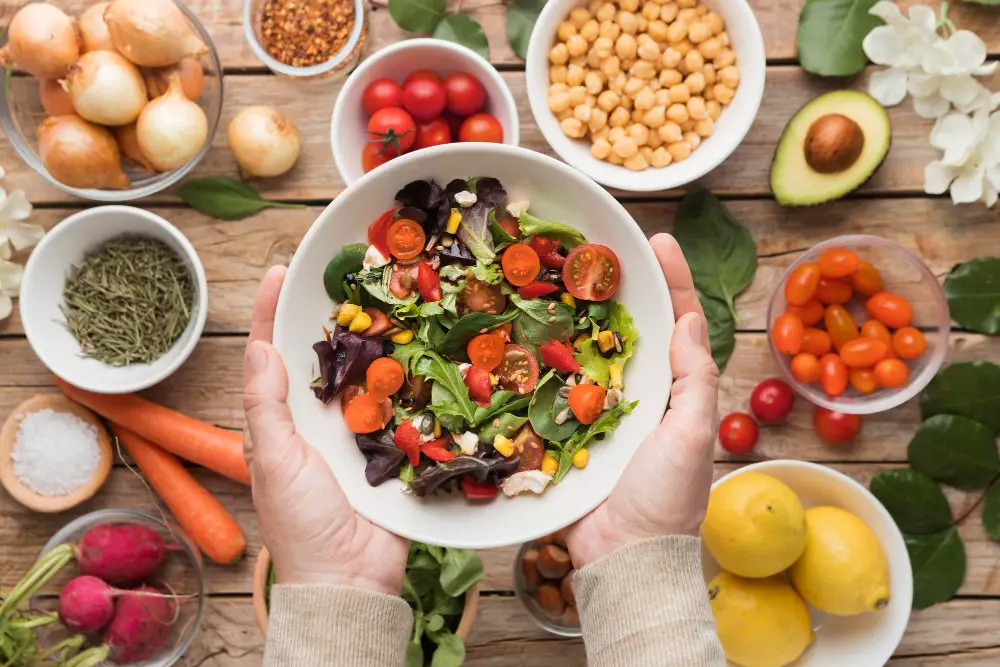

It’s important to consider the impact that animal agriculture for meat production has on our environment. Sadly, it’s responsible for a staggering 14.5% of global greenhouse gas emissions. If we want to prioritize the sustainability of our planet and our own personal health, it’s time to consider a switch to a vegetarian lifestyle.
By eating plant-based foods, we can significantly reduce our carbon footprint and help restore ecological balance in the long run. Plus, a vegetarian diet has been proven to lower the risk of many serious illnesses, including cardiovascular disease, high blood pressure, diabetes, and cancer.
Go for Repurposing
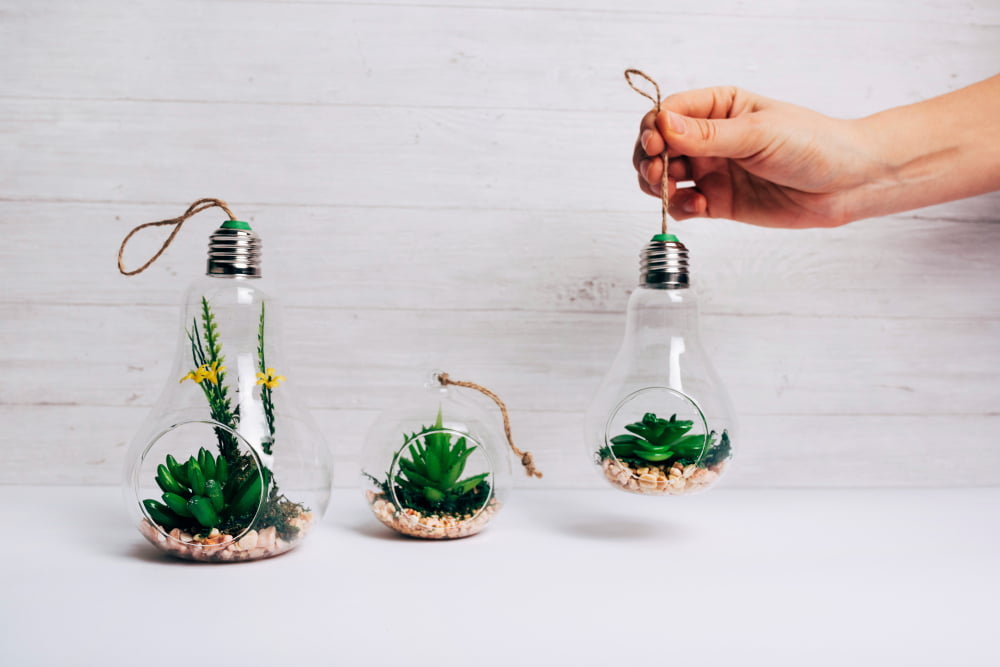

Making use of household items in a new way plays a crucial role in leading a greener lifestyle. By repurposing items, not only do you save money on buying new ones, but also prevent waste by giving the old ones a new purpose. This also encourages innovative ideas for reusing objects in different ways, contributing to sustainability and creating an eco-friendly environment. By reducing the consumption of new products, we can ultimately decrease the carbon footprint associated with their production.
There are so many creative ways to repurpose items that might otherwise end up in the trash. For example, old clothes can be transformed into useful dusters, and glass jars and bottles can be used to store delicious homemade jams and pickles. Even non-functional electronic gadgets can be salvaged for their working parts!
Moreover, with a little bit of DIY magic, old jeans can become trendy shorts, and neglected outdoor areas can be transformed into gorgeous gardens. And don’t forget about using old buckets for indoor plants!
The possibilities truly are endless. By embracing a greener lifestyle and thinking creatively, we can give new life to items that might otherwise be considered waste.
Drive Electric, Power with Sunshine
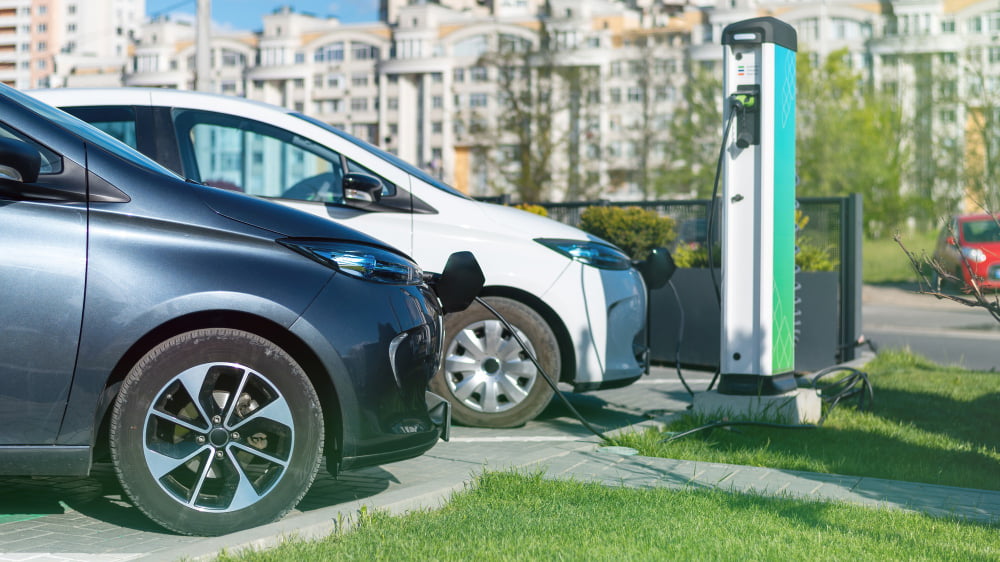

In light of the current environmental crisis caused by excessive emissions from petrol and diesel automobiles, it is crucial to consider electric vehicles as a viable solution. Not only do these vehicles have a significantly lower carbon footprint, but they also preserve precious oil resources for other essential purposes. The benefits of electric vehicles are numerous, including less noise pollution and lower maintenance costs, resulting in significant savings for buyers.
Harnessing the sun’s energy through solar panels is a major step towards a greener lifestyle. By installing these panels on rooftops or in gardens, we can generate electricity for our own use and even contribute excess energy to the grid. This not only benefits us financially in the long run but also helps create a cleaner and more sustainable environment.
The ultimate remarks
Adopting a more eco-friendly lifestyle is a win-win situation for both individuals and the environment. It’s a great way to save money, improve our overall health, and contribute positively to the planet. With the current drastic climate change due to the overuse of resources, it’s essential to use eco-friendly products, and modes of transportation and adopt sustainable habits. By following these practical tips for a greener lifestyle, we can align ourselves with nature and contribute to the harmonious growth of both civilization and the environment.
Hope you find this post useful!
If you want to read more of our content, please visit our blog
Featured Image by wirestock on Freepik
DISCLAIMER – The tips provided are for informational purposes only and do not constitute professional advice.



